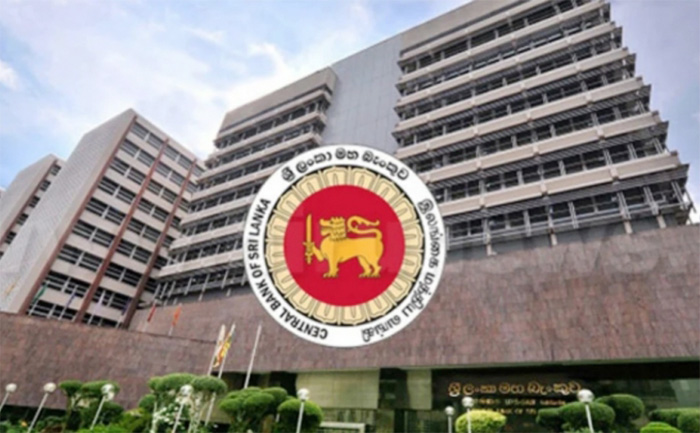
Central Bank Attributes Inflation Deviation to Energy Prices and Policy Measures
- CNL Reporter
- January 26, 2025
- Banking and Financial
- Central Bank Attributes Inflation Deviation to Energy Prices and Policy Measures
- 0 Comments
The Central Bank says that headline inflation deviation from the target in the second and third quarters of 2024 was due to transitory supply-side factors, especially significant reductions in energy prices.
To that effect, it has forwarded a comprehensive report to Parliament with an explanation on the deviation of inflation from the target set in the Monetary Policy Framework Agreement.
The inflation is expected to be 5 percent under the MPFA with an allowance of ±2 percentage points.
However, inflation fell significantly below this range in the second and third quarters of 2024, recording 1.4 percent and 0.8 percent, respectively, the report revealed.
The deviations were due mainly to transitory supply-side factors, specifically sharp declines in energy prices.
Electricity tariffs were revised downward significantly in March and July 2024, accompanied by falling domestic fuel, LP gas, and water prices.
But an appreciation in the Sri Lankan rupee of 8.2 percent against the US dollar in 2024 further moderated inflation because of the resultant reduction in import costs, it added,.
While these factors dragged down headline inflation, core inflation-part which excludes food and energy-remained relatively steady at 3.8% during the same time, reflecting steady demand-side pressures.
The Central Bank underscored that monetary policy tools cannot effectively contain the effects of supply-side shocks, such as those coming from energy prices.
Its accommodative monetary policy stance since June 2023 has been directed at the stimulation of economic recovery through lower interest rates and private sector credit growth.
Since June 2023, policy interest rates have been sliced by 7.25 percentage points, while another 50-basis-point cut was made in November 2024 to further stir economic activity with inflation at low levels.
Inflation is likely to remain low in the near term, but is seen returning to the target range by the third quarter of 2025 as supply-side effects fade, the central bank said.




